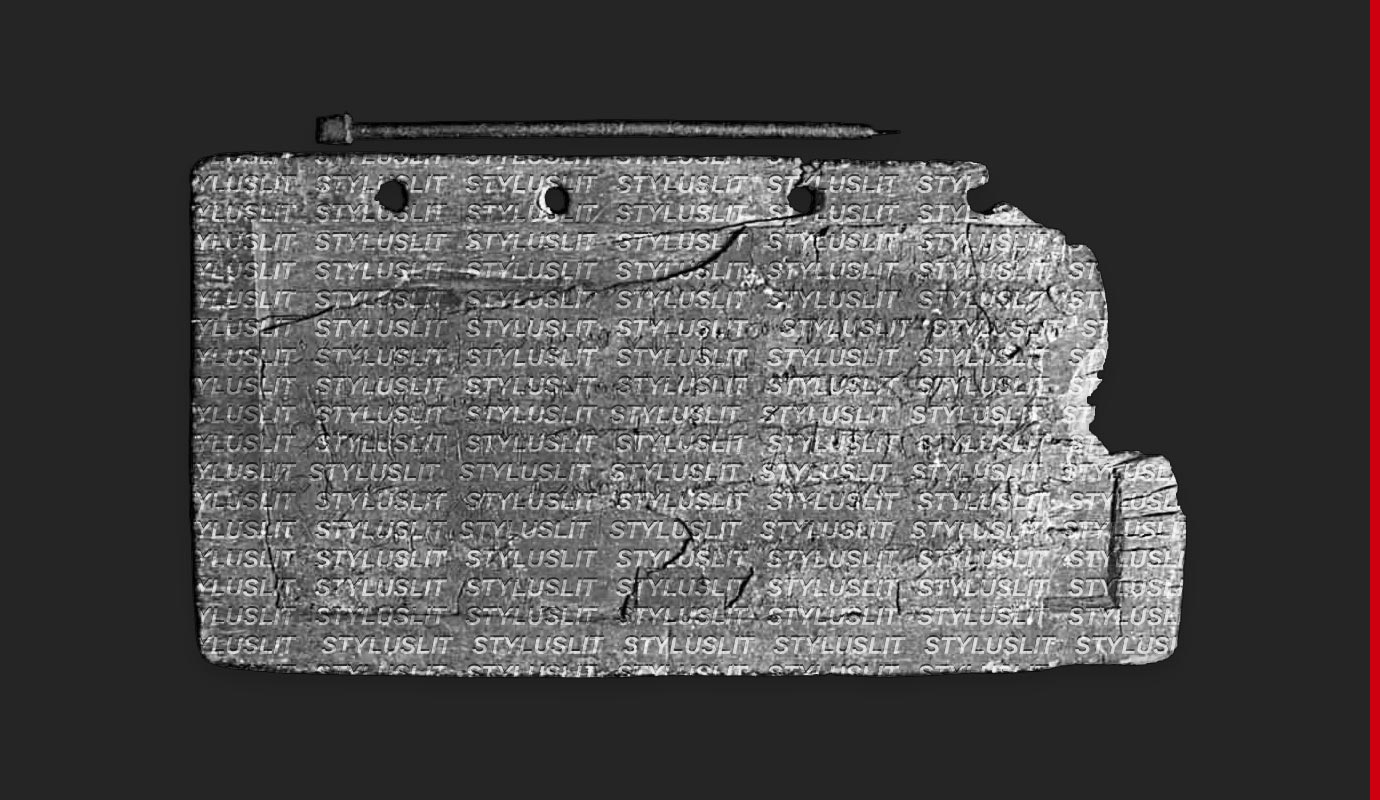Crete
A crease in history’s crepuscule,
this road outside Knossos at dusk –
the bulky turban of Mount Juktas,
gastropod upon its heel,
base bejewelled like Ali Baba’s cave;
the crescent moon above it an ironic
diadem, memento of the Ottomans’
contentious rule; beside the road, two
vacant Roman tombs in shallow cavities;
the froth of half-wild olive foliage
softening the valley floor, riven by deep
clefts and chasms; oily dark stains under
foot from fallen fruit the tint of caviar.
Connecting the gashed valley sides,
a fine curve of Venetian stone –
an aqueduct, pierced by the eyelet
of its graceful central arch.
Near the village, goat bells echoing
like wax dripped into water,
drowned by the cacophony of rivid curs,
their owners’ curses limestone-amplified.
Past the Roman Villa of Dionysos;
past the excavation trench
where archaeologists unearthed
a Bronze Age dwelling’s kitchen
with a cooking pot, containing
bones of children, shells of snails;
past the Villa Ariadne, almost lifeless
since the war, tainted by the tenancy
of kommandants; past Minos, the sickly
cat, brittle-boned and undersized,
who greets me like a lonely child,
arching his arthritic back –
tremulous with love,
and overjoyed to be alive.
I recognise the silhouettes of two
low-flying, scouting owls,
before arriving at the empty house.
